The following is an overview of 1929 in film, including significant events, a list of films released and notable births and deaths.
The following is an overview of 1926 in film, including significant events, a list of films released, and notable births and deaths.
The following is an overview of 1925 in film, including significant events, a list of films released and notable births and deaths.
The following is an overview of 1921 in film, including significant events, a list of films released and notable births and deaths.
The year 1920 in film involved some significant events.
1917 in film was a particularly fruitful year for the art form, and is often cited as one of the years in the decade which contributed to the medium the most, along with 1913. Secondarily the year saw a limited global embrace of narrative film-making and featured innovative techniques such as continuity cutting. Primarily, the year is an American landmark, as 1917 is the first year where the narrative and visual style is typified as "Classical Hollywood".
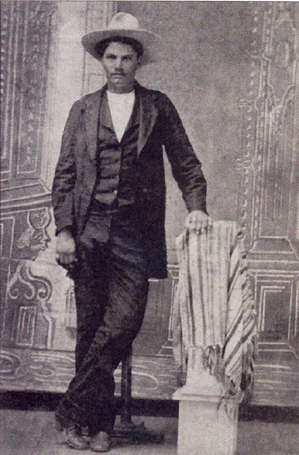
John Wesley Hardin was an American Old West outlaw, gunfighter, and controversial folk icon. Hardin often got into trouble with the law from an early age. He killed his first man at the age of 15, claiming he did so in self-defense.

Wilfred Van Norman Lucas was a Canadian American stage actor who found success in film as an actor, director, and screenwriter.
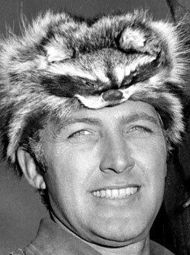
John Lewis Hart, also credited as John Hilton, was an American film and television actor. In his early career, Hart appeared mostly in westerns. Although Hart played mostly minor roles in some fairly well known films, he was probably best known for having replaced Clayton Moore in the television series The Lone Ranger for one season (1952–53).

Ty Hardin was an American actor best known as the star of the 1958 to 1962 ABC/Warner Bros. Western television series Bronco.
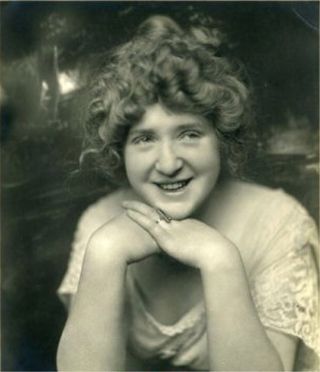
Bess Meredyth was a screenwriter and silent film actress. The wife of film director Michael Curtiz, Meredyth wrote The Affairs of Cellini (1934) and adapted The Unsuspected (1947). She was one of the 36 founders of the Academy of Motion Picture Arts and Sciences.

Wilbur Higby was an American actor of the silent era. He appeared in more than 70 films between 1914 and 1934.

Gunfighters of the Northwest is a 1954 American Western serial film directed by Spencer Gordon Bennet and Charles S. Gould and starring Jock Mahoney, Clayton Moore, Phyllis Coates, Don C. Harvey.
The Midnight Man or Midnight Man may refer to:
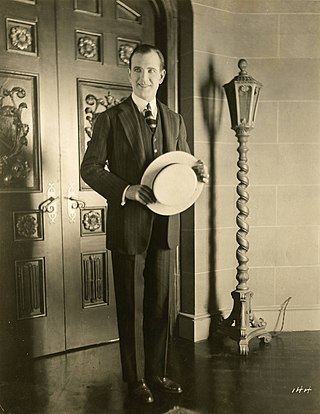
Robert Ellis Reel, known professionally as Robert Ellis, was an American film actor, screenwriter and film director. He appeared in more than 160 films between 1913 and 1934. He also wrote for 65 films and directed 61.

Hands Up! is a 1917 American silent Western film directed by Tod Browning. This was Colleen Moore's last film for Triangle Film Company/Fine Arts Film Company. D. W. Griffith had withdrawn from the Triangle arrangement and taken many performers and staff, who were under contract specifically with Fine Arts rather than Triangle. Moore's contract was with Fine Arts. However Griffith had gone to Europe where he made Hearts of the World.
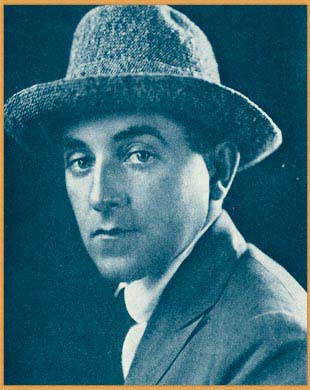
E. Mason Hopper was an American film director of the silent era. He directed more than 70 films between 1911 and 1935.

An Old-Fashioned Young Man is a 1917 American silent drama film directed by Lloyd Ingraham and starring Robert Harron and Colleen Moore. The role was Moore's second credited film appearance and the first lead role of her career.
John Jackson Helm, was a lawman, cowboy, gunfighter, and inventor in the American Old West. He fought for the Confederacy during the Civil War, but worked as a lawman for the Union during Reconstruction. He was an active participant in the Sutton–Taylor feud in and about Dewitt County, Texas; and was killed in an ambush related to the feud and perpetrated by Jim Taylor and John Wesley Hardin.
Lewis Wood Physioc was a cinematographer, matte artist, and painter in the United States. After his film career he taught film at USC in Los Angeles. He was the older brother of Wray Physioc.











